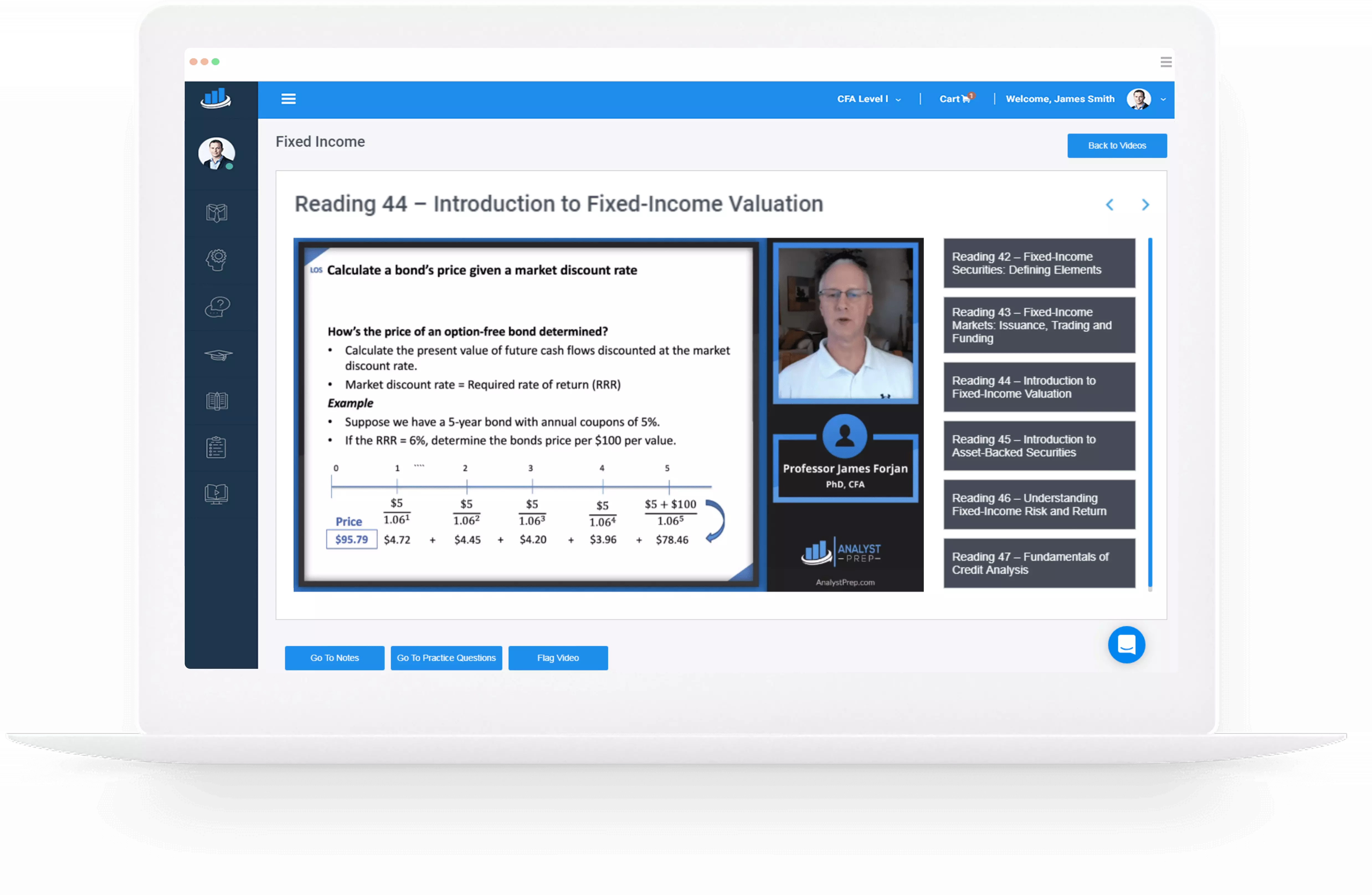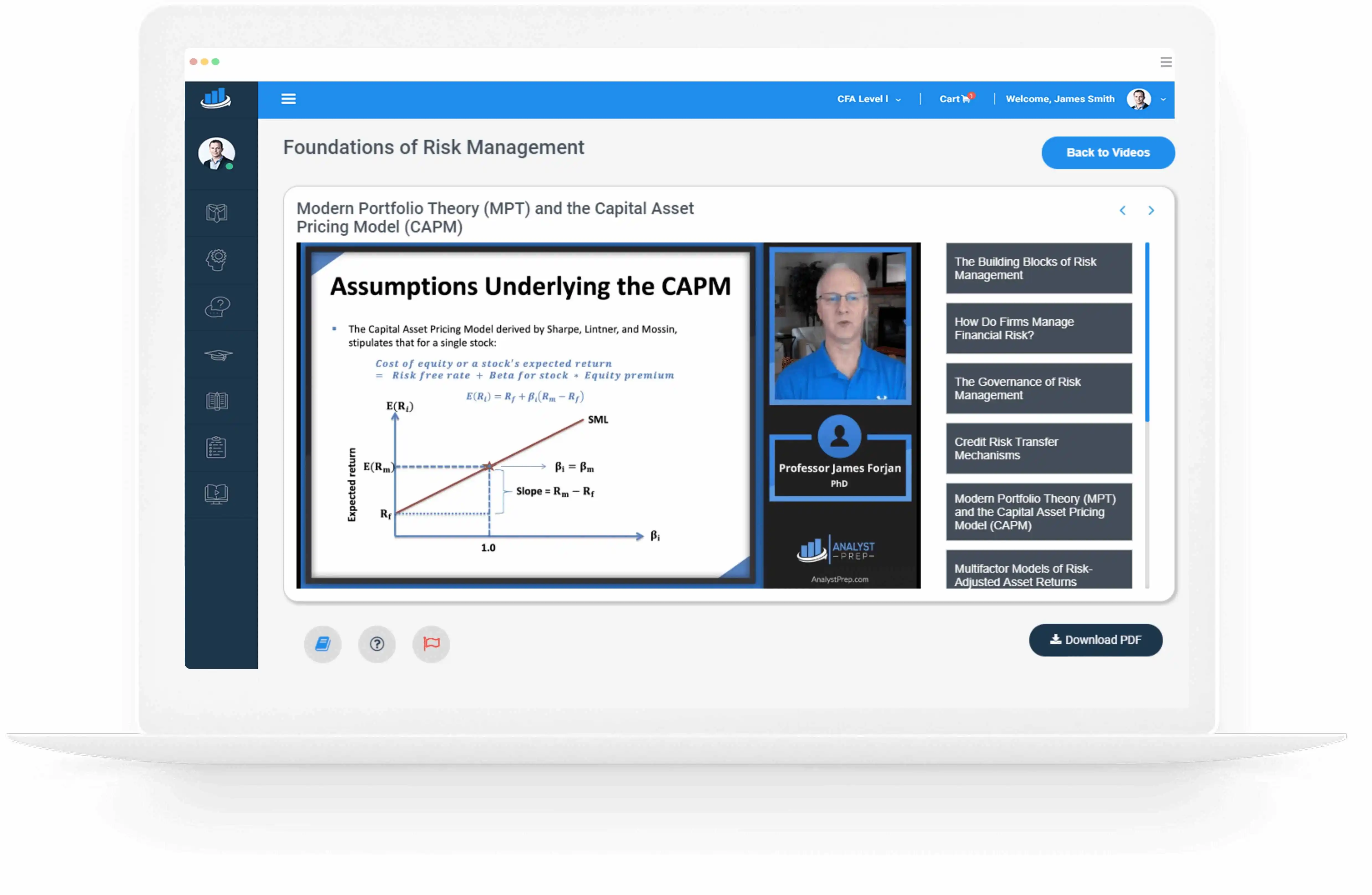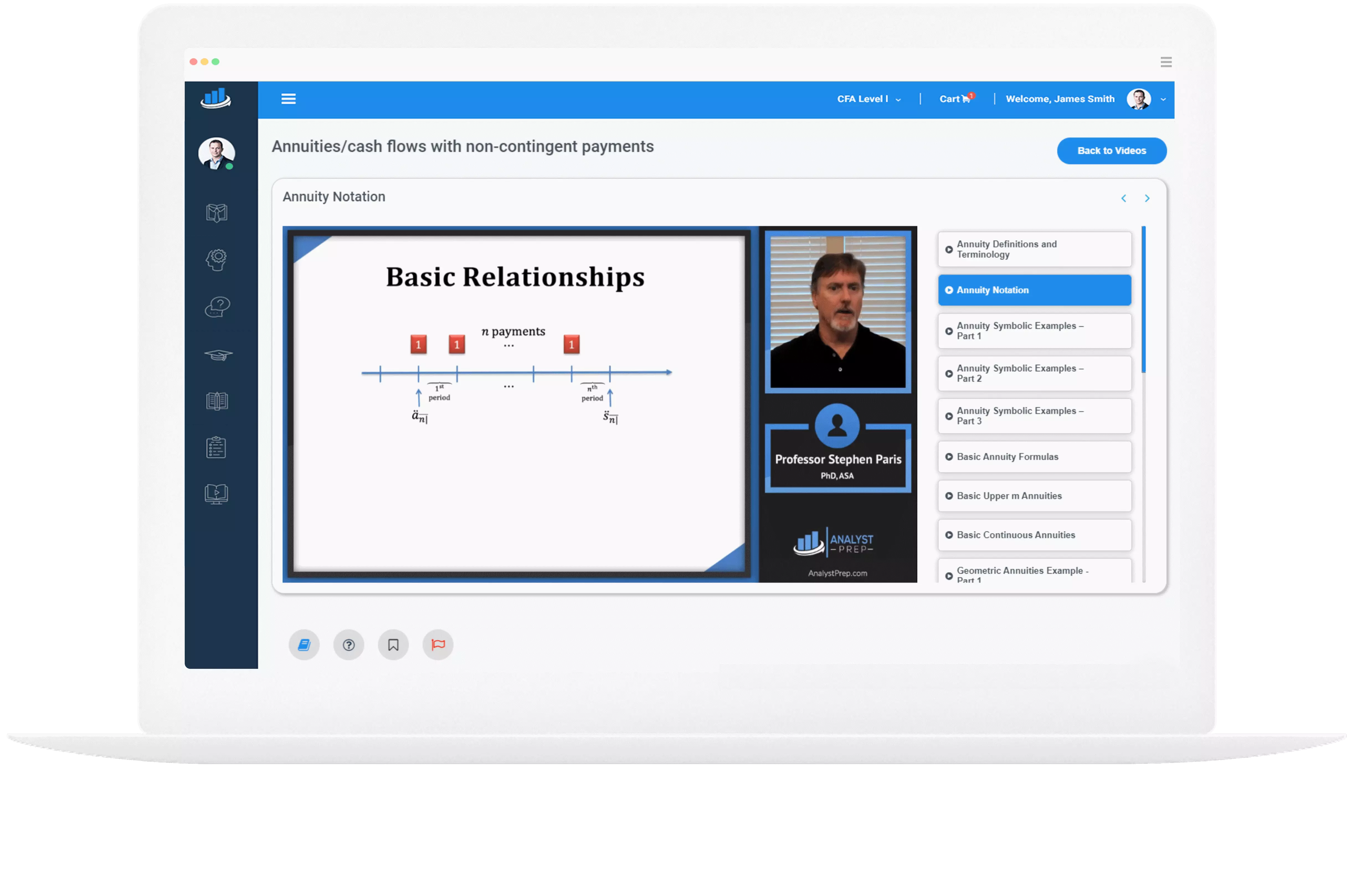The Carry Arbitrage Model
A carry arbitrage model is a no-arbitrage approach where the underlying asset is either sold or bought and a forward position established. This model accounts for the cost to hold or carry the underlying instrument. The carry costs for an…
Implied Volatility
Implied Volatility We have seen that both the BSM model and Black model require the parameter, \(\sigma\), which is the volatility of the underlying asset price. However, future volatility cannot be observed directly from the market but rather estimated. One…
Risk-Return Characteristics
When the underlying share price is well below the conversion price, the convertible bond exhibits mostly bond risk-return characteristics and is described as a busted convertible. Therefore, the bond will be sensitive to interest rate movements and credit spreads, just…
Time Structure Models
Equilibrium Term Structure Models Equilibrium term structure models are built on theories about the economy. They explain the stochastic process that describes the dynamics of the yield curve (term structure). They are primarily based on macroeconomic variables. That includes inflation,…
Sensitivity Analysis
Monte Carlo simulation fits the factor returns to a multivariate normal distribution but fails to account for negative skewness and fat tails. This is what informs the need for a sensitivity analysis. The analysis is done by fitting a different…
Inputs and Decisions in Simulation
Historical Simulation Historical simulation employs randomness by drawing returns from historical data randomly, instead of following each period chronologically. An election can be made on whether to sample from the historical returns with or without replacement. Analysts prefer drawing samples…
Simulation Analysis
Simulation provides a complete picture when backtesting because it accounts for the dynamic nature of financial markets, which carry extreme downside and upside risk. The basic types of simulation are historical simulation and Monte Carlo simulation. Historical simulation involves the…
Historical Scenario Analysis
Historical scenario analysis is a form of backtesting that examines the risk and performance of an investment strategy at different structural breaks and structural regimes. The most common types of regime changes are from economic expansion to recessions and from…
Problems in Backtesting
I. Survivorship Bias Survivorship bias occurs when a conclusion is drawn from data whose scope only captures companies that survived until the date the backtesting was done. It is worth clarifying that many practitioners fail to quantify the effects of…
Metrics and Visuals Interpretation
Most quantitative stock selection models use a multifactor structure. For example, fundamental managers use multiple filters to screen stocks. The two multifactor equity portfolio strategies most commonly used to illustrate backtesting are benchmark (BM) factor portfolio and risk parity (RP)…




